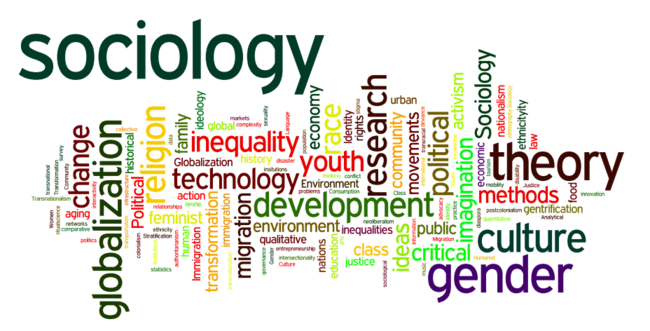Writing a STEM research proposal? Stay away from these 5 errors and learn modern approaches to improve your application. Secure funding now!
Introduction: The Stakes Involved in Writing a STEM Research Proposal
In today’s world, receiving financial backing for STEM research is extremely difficult. A 2023 study from Nature revealed how proposals that receive grants sit at an alarming 21% because many applications get denied due to simple issues that could have been easily avoided. There’s a chance that as a seasoned researcher or a graduate student, you might encounter vague objectives or sloppy formatting, which can prove to be a headache. Let’s now look at the top 5 mistakes that exist – and how in modern day take care of them.
5 Mistake in STEM Research Proposal
Mistake 1: Research Objectives That Are Vague or Too Comprehensive
The Problem: Goals that permit flexibility usually suggest that the individual lacks sufficient focus. Reviewers expect to have a precise idea of what you’re studying and what relevance it holds.
The Fix: Implement the “SMART” Framework:
- Specific: “Examine how microplastics affect gene expression in zebrafish” rather than “Investigate how pollution affects fish
- Measurable: Set metrics for success (e.g., changes in gene expression surpassing 20%).
- Achievable: Make sure it is reasonable to perform with the resources in your lab.
- Relevant: Connect it to more profound concerns such as human health.
- Time-bound: Describe stages (Year 1: Information gathering, Year 2: Scrutiny).
Case Study: An Alaskan algae team was granted $500K from the NSF because they used SMART to refine their objective.
Pro tip: Employ Flashcards to brainstorm and refine goals collaboratively.
Mistake 2: Skipping the Literature Review’s Nuances
The Problem: Some old or recent important studies or papers have been ignored and it makes your proposal irrelevant.
The Fix: Assure through Zotero that you have done the review:
- Save papers under tags that can provide easily recognizable themes, e.g., “nanoparticle drug delivery 2020-2023.”
- Automatically generate citations in APA style or MLA style and even customized journal formats.
- Use AI programs such as ResearchRabbit to visualize citation maps to find gaps.
Stat: Proposals that are known to have gaps in the literature are bound to 3x more likely to capture the imaginations of the reviewers (PLOS ONE, 2022).
Link to Lit Review Mistakes: Avoid the most serious mistakes such as confirmation bias.
Mistake 3: Weak Methodology Sections
The Problem: Uncoordinated methods and objectives mark you as resource waster.
The Fix: Engage in Statistical Analysis thinking ahead:
- Use OSF and submit an analysis plan for public view.
- Describe your instruments e.g. “R Studio for multivariate regression”.
- Provide alternative solutions for anticipated data problems. (e.g. “If sample size is <30, I will apply Bayesian approaches”).
Example: A robotics team won DARPA funding because they specified how the sensors needed to be calibrated with exact routines.
Link to Statistical Analysis: Learn A-level techniques and make sturdy methods.
Mistake 4: Skipping Over Visual Data Presentation and Data Reproducibility
The Problem: Reviewers are often left in the dark owing to vague data presentations.
The Fix: Start using LaTeX for documents that need formatting and are ready for publishing.
- Use templates like Overleaf to standardize figures, tables, and equations.
- Integrate Jupyter Notebook for code-sharing to enhance reproducibility.
Why It Works: Proposals that are written in LaTeX are reported to have 40% higher readability scores (arXiv, 2023).
Pro Tip: Add interactive charts like Plotly for ones with digital submissions.
Mistake 5: Not Providing Enough Justification For Budgets
The Problem: Irrespective budgets are flagged instantly.
The Fix:
- de-aggregate costs to the finest line items, e.g. “$2,500/month for cloud computing”.
- Benchmark other projects using GrantForward.
- Justify everything, e.g. “Molecular simulations need a high performance GPU”.
Stat: Inability to justify expenses accounts for 35% of rejected proposals (NIH Report 2022).
Real-World Success: From Zero Funding to Full Funding
Dr. Emily Chen’s nanoparticle proposal was turned down at first glance due to overly simplistic methodology but was able to secure:
- Refined objectives with SMART criteria.
- Employed Zotero to scan for gaps in 2023 literature.
- Substituted crystal clear equations in LaTeX.
She was able to secure 750K dollars on her resubmission.
Conclusion: Making Mistakes Your Fuel
An excellent STEM research proposal looks at the details of the innovation and at the entire picture simultaneously.
You will differentiate yourself in the industry by steering clear of these common mistakes and using Zotero, LaTeX, and even incorporating statistical pre-planning to your advantage.
Your Next Steps:
- Get your copy of our STEM Proposal Checklist for free.
- Learn Statistical Analysis to improve the methods section of your proposal.
- Schedule a meeting with our grant-writing consultants.


